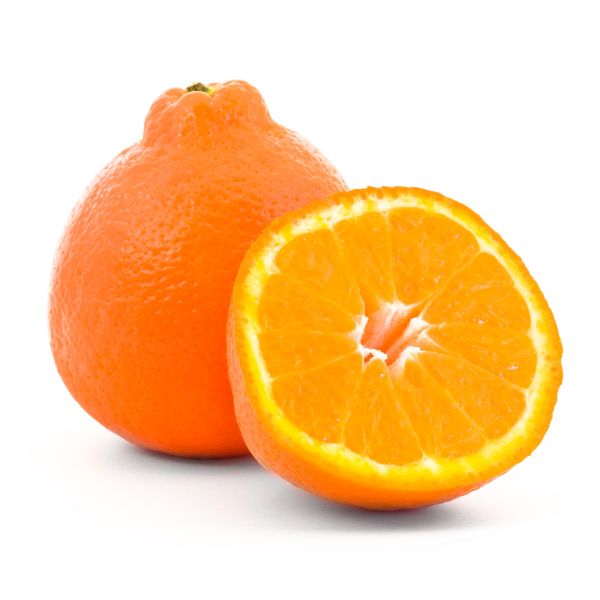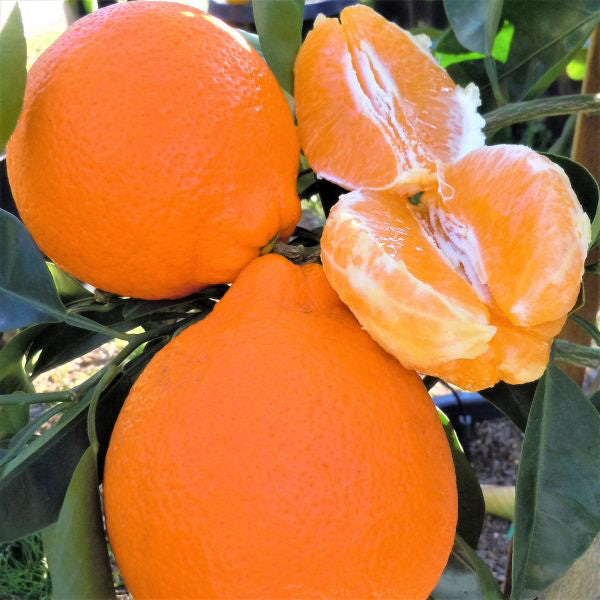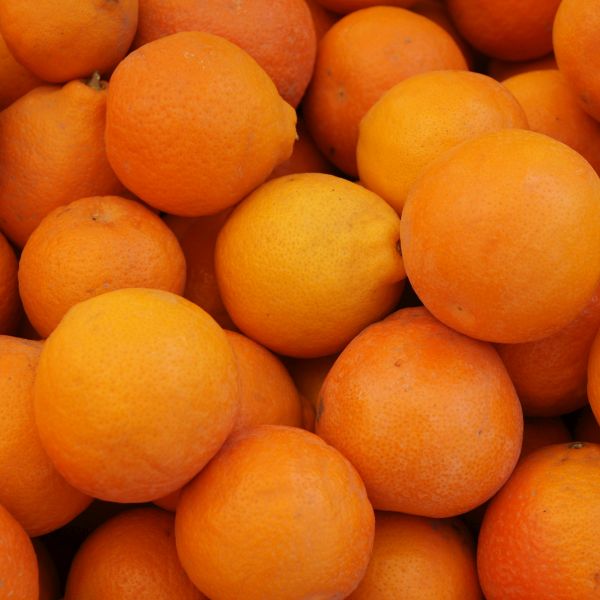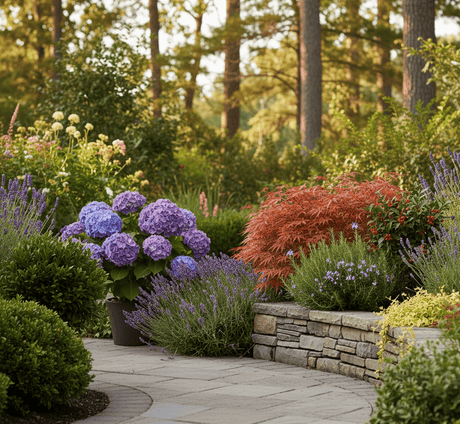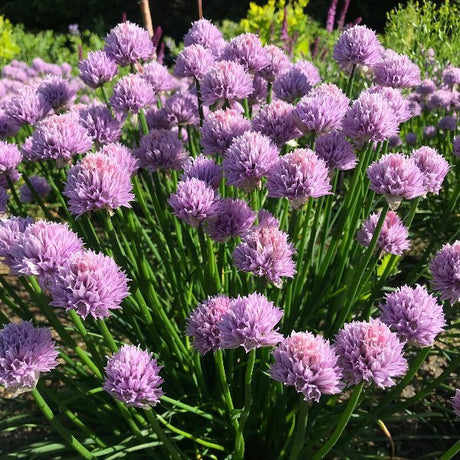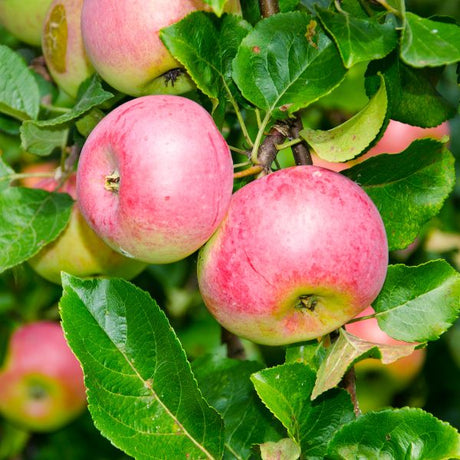Minneola Tangelo Tree
Citrus x 'Minneola'
- Stay Protected with Plant Sentry ™
Minneola Tangelo Tree - #3 Container 2-3 Feet is backordered and will ship as soon as it is back in stock.
Plant Sentry™
Plant Sentry™

Plant Sentry™ Protected
Your order is protected by our compliance system that:
- Prevents restricted plants from shipping to your state
- Ensures plants meet your state's agricultural requirements
- Protects gardens from invasive pests and diseases
Delivery and Shipping
Delivery and Shipping
Delivery and Shipping
Fast, Safe Plant Delivery
Ships in 3-4 business days • Tracking provided • Weather protected
| Under $50 | $9.99 |
| $50 - $99.99 | $14.99 |
| $100 - $149.99 | $16.99 |
| $150 - $198.99 | $24.99 |
| $199+ | FREE |
✓ Zone-specific timing • ✓ Professional packaging • ✓ Health guarantee
Understanding Plant Options
Nature Hills offers plants in two main formats:
- Container Plants: Grown in pots with soil, sized by container volume and plant age
- Bare Root Plants: Dormant plants without soil, sized by height measurements
Container Plant Sizes
Container sizes indicate plant age and growing capacity rather than liquid volume equivalents. Our containers follow industry-standard nursery "trade gallon" specifications, which differ from standard liquid gallon measurements.
Young Plants (6 months to 18 months old)
| Container Size | Actual Volume | Metric Equivalent |
|---|---|---|
| 2" x 2" x 3" | 0.18 - 0.21 dry quarts | 0.20 - 0.23 dry liters |
| 4" Container | 0.31 - 0.87 dry quarts | 0.35 - 0.96 dry liters |
| 4.5" Container | 0.65 dry quarts | 0.72 dry liters |
| 6" Container | 1.4 dry quarts | 1.59 dry liters |
| 1 Quart | 1 dry quart | 1.1 dry liters |
| 5.5" Container | 1.89 dry quarts | 2.08 dry liters |
Established Plants (18 months to 2.5 years old)
| Container Size | Actual Volume | Metric Equivalent |
|---|---|---|
| 2 Quart | 2 dry quarts | 2.2 dry liters |
| #1 Container | 2.26 - 3.73 dry quarts | 2.49 - 4.11 dry liters |
| 5" x 5" x 12" | 3.5 - 4.3 dry quarts | 3.85 - 4.74 dry liters |
Mature Plants (2-4 years old)
| Container Size | Actual Volume | Metric Equivalent |
|---|---|---|
| #2 Container | 1.19 - 1.76 dry gallons | 5.24 - 7.75 dry liters |
| #3 Container | 2.15 - 2.76 dry gallons | 8.14 - 12.16 dry liters |
Large Plants (3-5 years old)
| Container Size | Actual Volume | Metric Equivalent |
|---|---|---|
| #5 Container | 2.92 - 4.62 dry gallons | 12.86 - 20.35 dry liters |
| #6 Container | 5.25 - 6.01 dry gallons | 23.12 - 26.42 dry liters |
| #7 Container | 5.98 - 6.53 dry gallons | 26.34 - 28.76 dry liters |
Bare Root Plants
Bare root plants are sold by height from the root system to the top of the plant. Plants may exceed minimum height requirements.
Common Sizes:
- Trees: 1 foot, 2 feet, 3 feet, 4 feet, 5 feet, 6 feet
- Shrubs & Perennials: 1 foot, 18 inches, 2 feet
Important Notes
Container Volume Specifications
- Trade Gallon Standard: Our containers follow industry-standard "trade gallon" specifications established by the American National Standards Institute (ANSI Z60.1) for nursery stock
- Volume Variations: Actual soil volume may vary due to plant root systems and growing medium settlement
- Age Indicators: Container size primarily indicates plant age and maturity rather than liquid volume equivalents
Growing Conditions
- Plant size can vary based on variety and growing conditions
- Container size helps indicate plant maturity and establishment level
- Larger containers generally mean more established root systems and faster landscape establishment
Seasonal Availability
- Bare root plants are available seasonally when dormant
- Container plants are available throughout the growing season
- Specific varieties may have limited availability in certain sizes
Questions?
For questions about specific plant sizes or availability, please contact our plant experts who can help you choose the right size for your landscape needs.
Plant Highlights
Minneola Tangelo Tree highlights at a glance!
-
Botanical Name
-
Brand
-
Growing Zones9, 10
-
Growth RateModerate
-
Mature Height
-
Mature Width
-
Leaf Color
-
Flower Color
-
Pollinator FriendlyYes
-
Pollinator Required
-
Bloom PeriodLate Spring
-
Harvest Time
-
FragrantYes
Characteristics
Where To Plant
When To Prune
- Late Spring
Water & Moisture Needs
- Moderate
Sunlight Needs
Soil Needs
- Well Drained
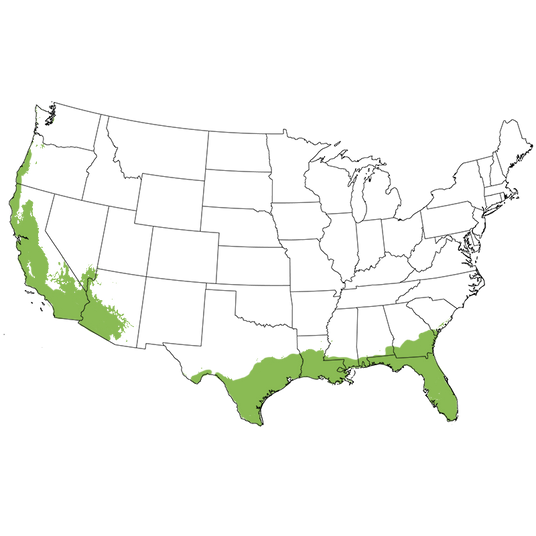
Growing Zones 9-10 (patio 4-10)
Homegrown 'Honeybells' Minneola Tangelo Tree!
- Reddish-Orange Fruit
- Sweet & Tangy Flavor
- Sweet Orange & Tangerine Hybrid
- Easy to Peel
- Few Seeds & Pulp
- Bell-Shaped Fruit
- Fragrant White Blooms
- Handsome Glossy Green Foliage
- Wonderful Tree Size & Shape
- Evergreen Foliage
- Container & Indoor Grown for Colder Climates
- Pest & Disease Resistant
- Late Season Harvest
- Fresh Eating, Canning, Juicing & Desserts
The Minneola Tangelo (Citrus x 'Minneola') is a delightful cross between white Duncan Grapefruit and sweet Dancy Tangerine. Also called a Honeybell, this beautiful orange-red fruit is a perfect balance of sweet and tangy flavor.
The wonderfully fragrant white blooms adorn this tree and attract the attention of anyone viewing as well as any pollinator in your area! Soon the glossy green foliage becomes the backdrop for the developing fruit.
The winter-ripening fruit is gorgeous gems and looks delightful dangling from your tree! The brilliantly colored fruit against glossy dark green leaves is irresistible.
The Minneola Tangelo is a hit with both adults and children! Juicy, easy to peel, and with very few seeds make it a perfect snacking orange. Each fruit has a bell shape, featuring a cute top-knot and a vivid red-orange color!
These fruits have very little pulp, making this a great orange for cooking, canning, and juicing too! The added bonus of the Vitamin C and fiber they contain means you are providing your family with healthy, unprocessed food that requires very little care and stores well!
How to Use Minneola Tangelo Tree In The Landscape
In colder weather climates, bring your Minneola Tangelo tree indoors for the winter and pick fruit inside your home between February and spring. It will be perfectly happy in a container in front of any sunny window.
This winter-ripening fruit tree is an evergreen that can be grown anywhere. Sized wonderfully to tuck into existing orchards and smaller yards, you'll easily be able to keep this tree smaller yet with pruning.
Fantastic trees for patios and porches, these are gorgeous gems to decorate your seating areas, while keeping healthy and delicious treats within arm's reach!
Imagine this tree by your front entry enticing visitors with red-orange gems, or a pair of potted sentries standing at your pool or garden gate! Any sized garden can accommodate these trees with a bit of pruning and even container gardeners and sunny balconies can easily enjoy these fantastic trees!
#ProPlantTips For Care
Citrus trees do their absolute best in full sun. Provide as much direct sunlight as possible and even supplement with grow lights if your indoor location or patio doesn't provide enough.
Protecting Container Citrus From Cold
Although it's famous for growing in warmer regions, it can also thrive in colder areas as long as the tree is brought indoors prior to the first frost of winter.
If you're growing these tropical trees in the ground in the lowest of their favored growing zones, they need to be planted in a sheltered spot to avoid the worst of the chill. If a spot like that is unavailable, then you are better off planting in a large, deep container.
In borderline growing zones, begin slowly acclimating your tree indoors or into a protected location, eventually moving your tree inside in bright indirect sun for the winter if the temperatures in your area ever dip below that 40°F range. In spring, reverse this process and begin acclimating your tree to again be back out in the full sun all summer. This reduces stress and leaf drop.
Hardy in USDA growing zones 9-10 when planted outdoors, growers in colder climates can bring these trees indoors as soon as temperatures dip, bringing them back out in spring.
Citrus Tree's bane is soggy soil, so plant your tree in very well-draining soil that doesn't hold excess moisture. Be sure to provide fertile soil and fertilizer 3-4 times a year, doing best in an acid-loving or Citrus Tree fertilizer.
Water sparingly, but evenly when planted outdoors but do not allow young trees to dry out much between waterings their first year, afterward, allow your root system to dry out a bit before watering again. Container trees will need a bit more watering, deeply soaking the roots and then allowing them to dry out. Be sure to provide excellent drainage holes for excess water to drain away.
This variety of Citrus Tree was released in 1931 and has been a family favorite ever since! The Minneola Tangelo is an easy-to-grow, stunning tree that offers year-round interest and a healthy snack alternative in any climate. Order your own homegrown Honeybells for you and your family today at NatureHills.com!

